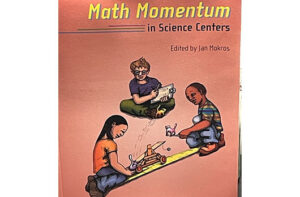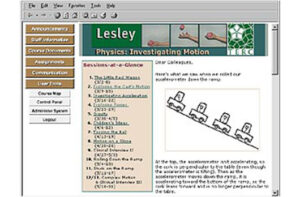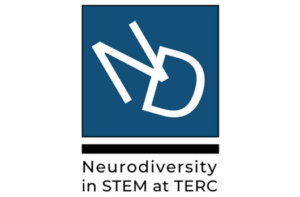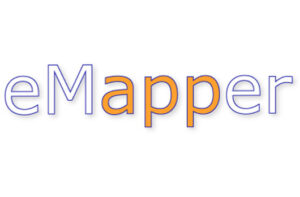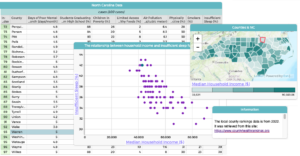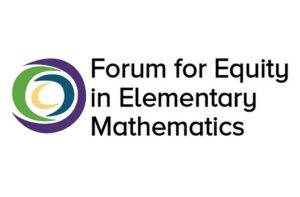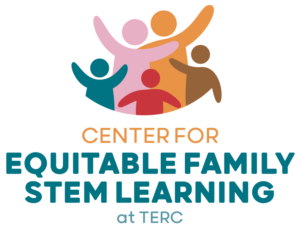My Kids Can: Making Math Accessible to All Learners, K-5
My Kids Can: Making Math Accessible to All Learners, K-5 is a new practitioners’ guide written by teachers, for teachers. The essays are designed to help K-5 teachers make math accessible for all students—especially focusing on instructional strategies that help students struggling with math advance toward grade-level competency.
In the essays, teachers share their observations and successful methods for engaging their students who need extra support to learn mathematics. These teachers describe how they use whole-group, small-group, and individual instruction as well as other strategies that hold kids to high expectations while scaffolding content and processes across the math curriculum.
Building on the principles of making mathematical thinking explicit; linking assessment and teaching; building understanding through talk; encouraging autonomous learning; and collaborating with special education staff to improve instruction, this guide includes sample dialogue, teaching moves, and assessment strategies. The accompanying DVD presents classroom footage of their teaching and includes the language and teaching moves you’ll adapt for success with your students. The DVD also contains teacher interviews that answer difficult questions of practice.
“What we’ve learned from working with our students who are struggling has made us better teachers for all of the kids. Ideas about sequencing, about not being so quick to explain, about really insisting that kids figure some things out for themselves, that models that work for some kids don’t work for others…teaching them [students who struggle] effectively is teaching the class effectively.”
— Participating Teacher, My Kids Can
My Kids Can: Making Math Accessible to All Learners, K-5 is a new practitioners’ guide written by teachers, for teachers. The essays are designed to help K-5 teachers make math accessible for all students—especially focusing on instructional strategies that help students struggling with math advance toward grade-level competency.
In the essays, teachers share their observations and successful methods for engaging their students who need extra support to learn mathematics. These teachers describe how they use whole-group, small-group, and individual instruction as well as other strategies that hold kids to high expectations while scaffolding content and processes across the math curriculum.
Building on the principles of making mathematical thinking explicit; linking assessment and teaching; building understanding through talk; encouraging autonomous learning; and collaborating with special education staff to improve instruction, this guide includes sample dialogue, teaching moves, and assessment strategies. The accompanying DVD presents classroom footage of their teaching and includes the language and teaching moves you’ll adapt for success with your students. The DVD also contains teacher interviews that answer difficult questions of practice.
“What we’ve learned from working with our students who are struggling has made us better teachers for all of the kids. Ideas about sequencing, about not being so quick to explain, about really insisting that kids figure some things out for themselves, that models that work for some kids don’t work for others…teaching them [students who struggle] effectively is teaching the class effectively.”
— Participating Teacher, My Kids Can
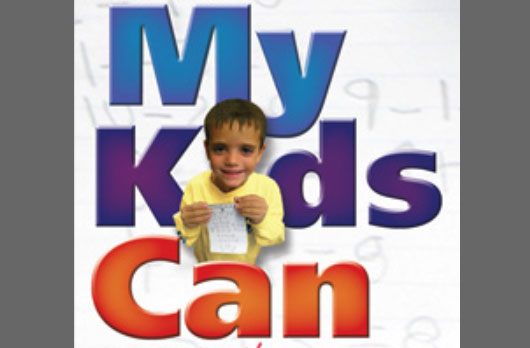
Publisher:
Heinemann
Related People:
Judy Storeygard
Judy Storeygard
Share This Page:
